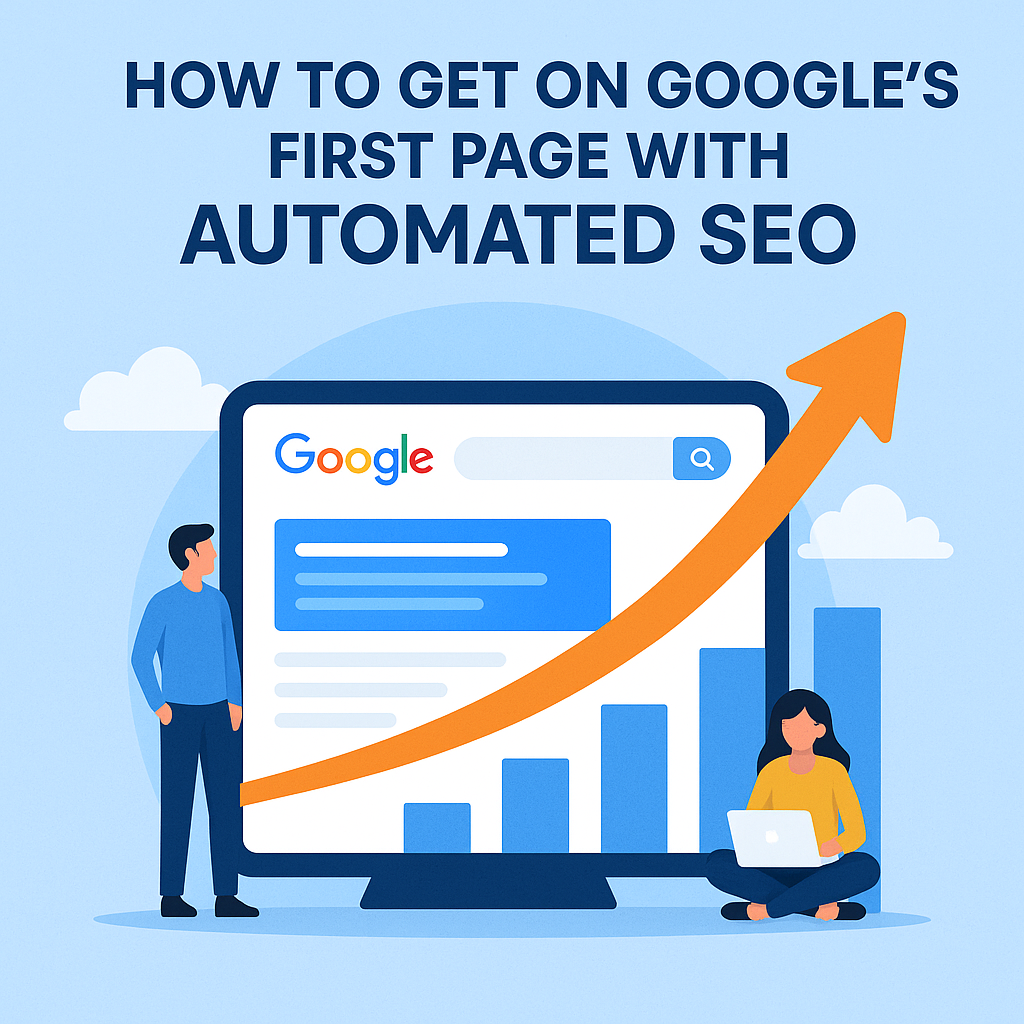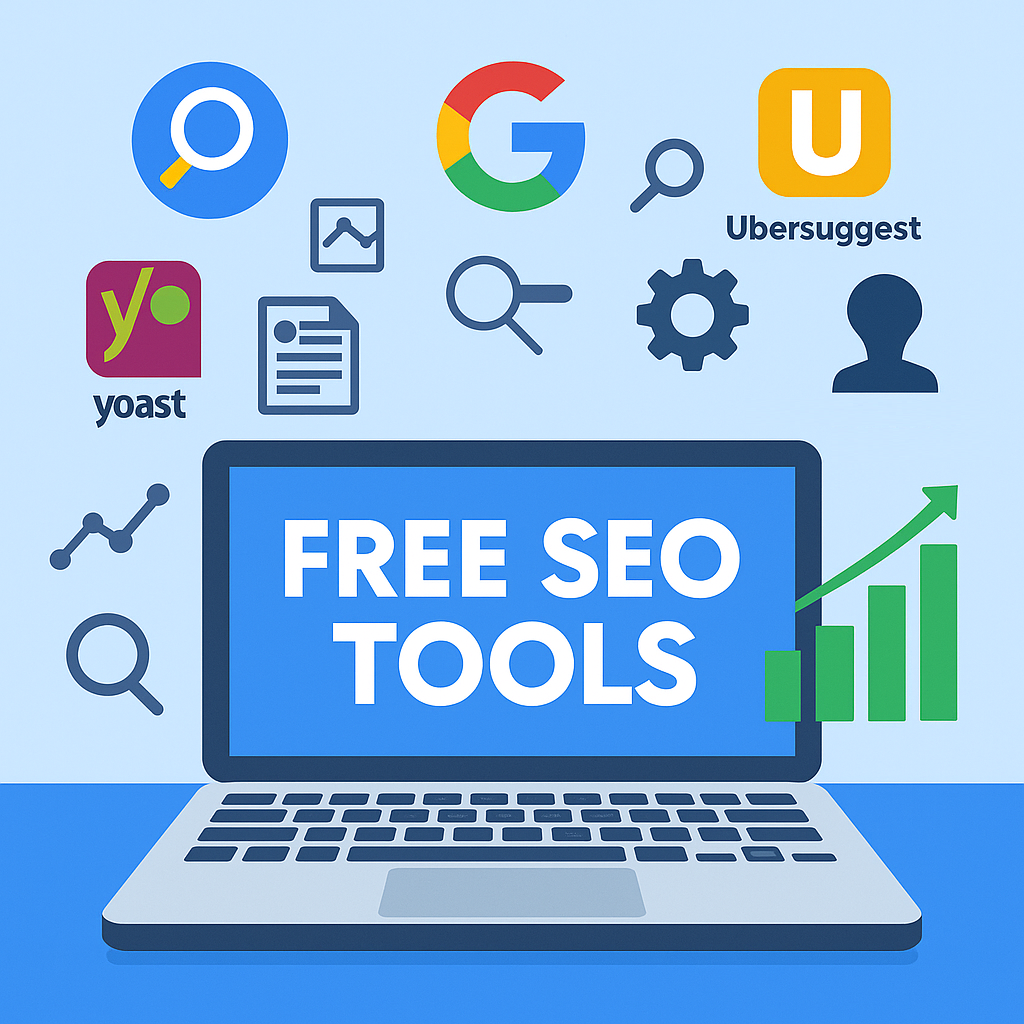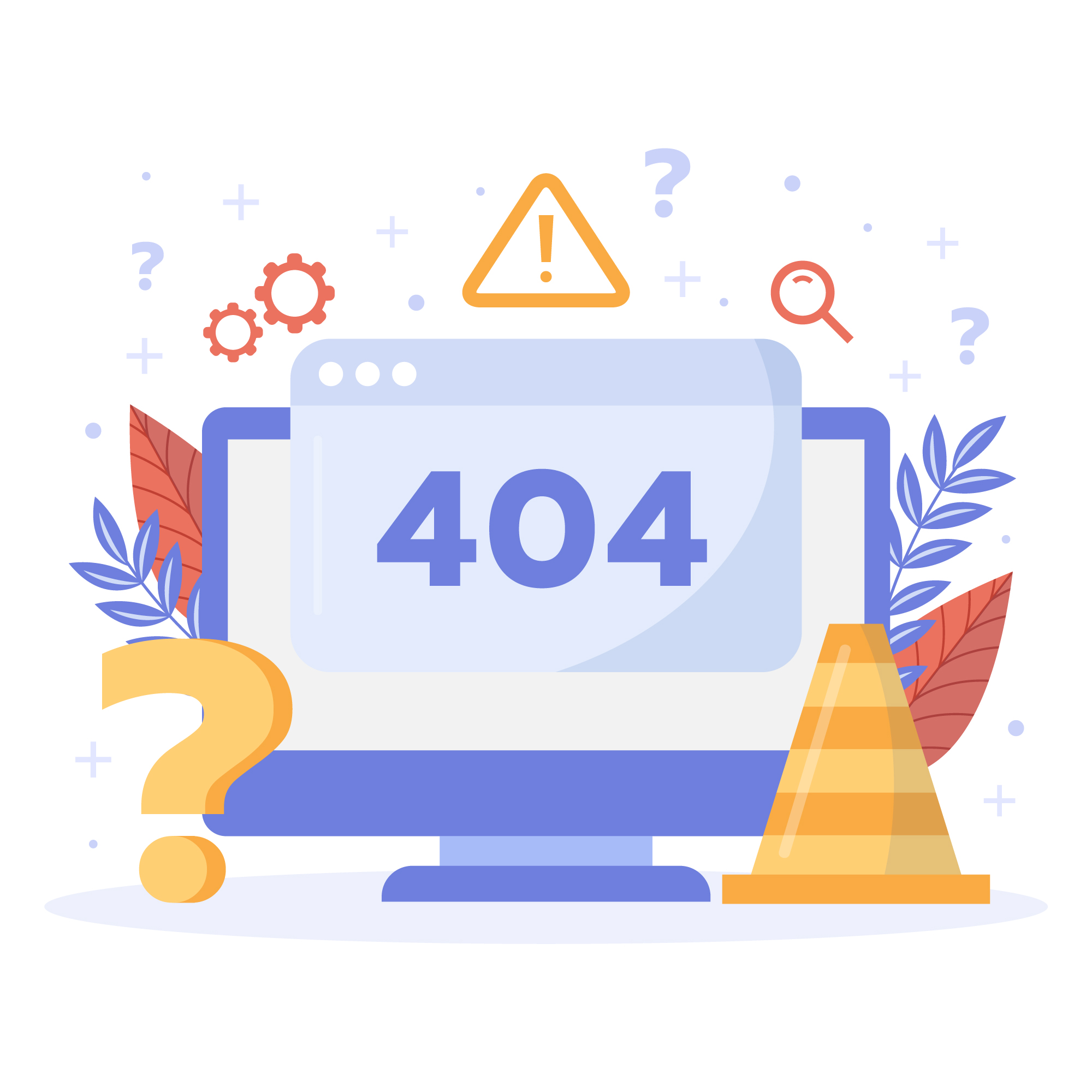Reaching the first page of Google has always been the holy grail of online marketing. With billions of searches happening every day, ranking high on search results can be the difference between a thriving business and one that struggles to be seen. Traditionally, SEO required hours of manual work—researching keywords, writing content, optimizing pages, and building links. But thanks to automation and AI, the process is now faster, smarter, and more efficient.
In this article, we’ll explore how automated SEO works and the exact steps you can take to leverage it for first-page rankings.
Why Google’s First Page Matters
Studies show that over 90% of all search traffic goes to results on the first page. If your website doesn’t appear there, you’re essentially invisible to your target audience. Being on the first page not only increases traffic but also builds trust, authority, and higher conversion rates.
The challenge? Competition is fierce, and manual SEO strategies are slow to keep up. That’s where automation steps in.
What Is Automated SEO?
Automated SEO uses AI-powered tools and automation systems to perform repetitive SEO tasks at scale. Instead of manually handling every detail, automated platforms can:
- Research keywords in real time.
- Generate optimized content around those keywords.
- Insert internal links automatically for better site structure.
- Design and add images to posts.
- Publish directly to WordPress or your CMS.
- Monitor rankings and analytics with minimal effort.
This transforms SEO from a time-consuming job into a streamlined, scalable process.
Steps to Reach Google’s First Page with Automated SEO
1. Set Clear Goals and Keywords
Start by defining what you want to rank for. Use an automated keyword research tool to identify:
- High-volume keywords.
- Long-tail keywords with less competition.
- Keywords with clear commercial intent.
Automation ensures you’re not guessing—you’re choosing data-driven opportunities.
2. Generate High-Quality, Optimized Content
Content is still king, but now AI can create it faster. Automated SEO platforms can produce blog posts, landing pages, and product descriptions that include:
- Proper keyword placement.
- Engaging headlines and subheadings.
- Natural, human-like flow.
- Optimized metadata.
Instead of one article a week, you can publish dozens of articles per month, each fine-tuned for Google’s algorithms.
3. Build Smart Internal Linking
Internal linking is often ignored in traditional SEO, yet it plays a major role in rankings. Automated tools like Link Juicer can strategically place internal links between your articles, making it easier for search engines to crawl your site and understand your content hierarchy.
This improves domain authority and helps every page perform better.
4. Optimize Visuals and Engagement
Search engines favor websites that keep users engaged. Automation can:
- Generate custom AI images for each article.
- Compress and optimize images for faster loading.
- Add alt text automatically for SEO.
This keeps your site visually appealing and technically optimized.
5. Publish and Scale Effortlessly
Instead of waiting days for freelancers or agencies, automation allows you to publish directly to your CMS. Imagine scheduling 30+ optimized posts in one month with just a few clicks. The more high-quality content you produce, the more chances you have to capture search traffic.
6. Track, Measure, and Adjust
Automated SEO isn’t set-and-forget—it also provides data. With built-in analytics, you can track:
- Keyword rankings.
- Organic traffic growth.
- Click-through rates.
- User behavior on your site.
With this feedback loop, the system keeps improving over time.
Benefits of Automated SEO Over Manual SEO
- Speed: Minutes instead of weeks.
- Scalability: From 5 articles to 100+ articles a month.
- Cost-Effectiveness: A fraction of the cost of an SEO agency.
- Consistency: Regular publishing without human delays.
- Accessibility: No need to be an SEO expert to rank.
Is Automated SEO Really Enough to Rank?
The short answer: Yes—if done correctly. Automated SEO is not about spamming content. It’s about using advanced algorithms to replicate best SEO practices at scale. When combined with a smart content strategy and ongoing monitoring, it can outperform traditional methods.
Many businesses are already replacing costly agencies with automated platforms, achieving first-page results while saving time and money.
Final Thoughts
Getting on Google’s first page no longer requires massive budgets or months of waiting. With automated SEO, you can generate optimized content, build smart links, and track results in real time—all with minimal effort.
The digital landscape is moving fast, and automation is the key to staying ahead. If you want visibility, traffic, and growth, automated SEO is your fastest route to Google’s first page.



